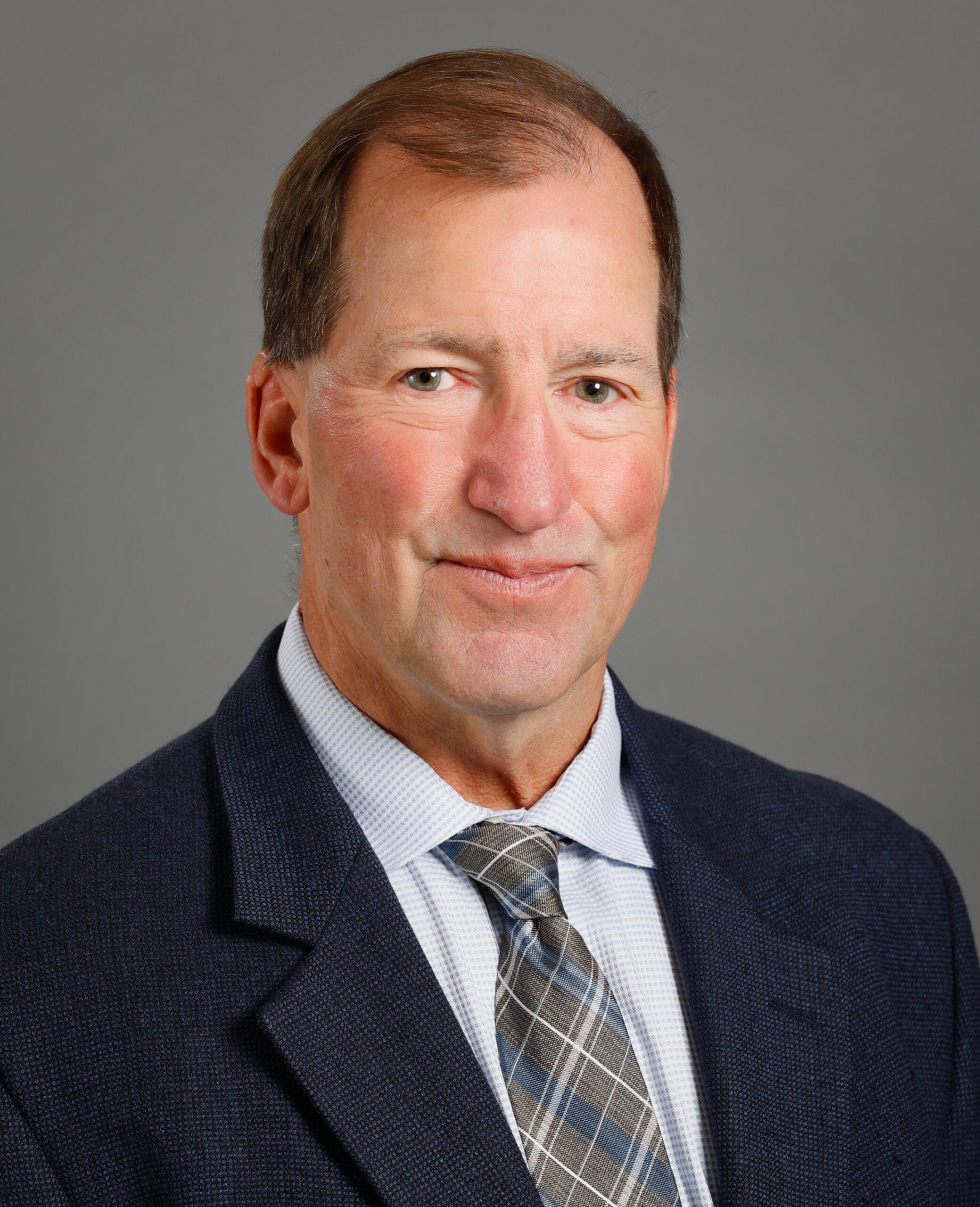FACULTY
Christopher Powers, PT, PhD, FASCM, FAPTA

FACULTY PROFILE
Professor/
Associate Chair
CONTACT
powers@pt.usc.edu
MAILING ADDRESS
1540 Alcazar St., CHP 155,
Los Angeles, CA 90089-9006
PROFESSIONAL INTERESTS
Dr. Christopher Powers’ research and teaching interests relate to the biomechanical aspects of human movement. Specifically, his research focuses on how altered kinematics, kinetics and muscular actions contribute to lower-extremity injury. He is particularly interested in the pathomechanics underlying knee and patellofemoral joint dysfunction. He is co-director of the Musculoskeletal Biomechanics Research Laboratory and director of the division’s biokinesiology program.
EDUCATION
- Post-Doctoral Fellow, Orthopaedic Biomechanics, University of California, Irvine, 1997.
- Doctor of Physical Therapy, Biokinesiology University of Southern California, 1996
- Master of Science, Physical Therapy, Columbia University, 1987
- Bachelor of Arts, Physical Education, University of California, Santa Barbara, 1984

